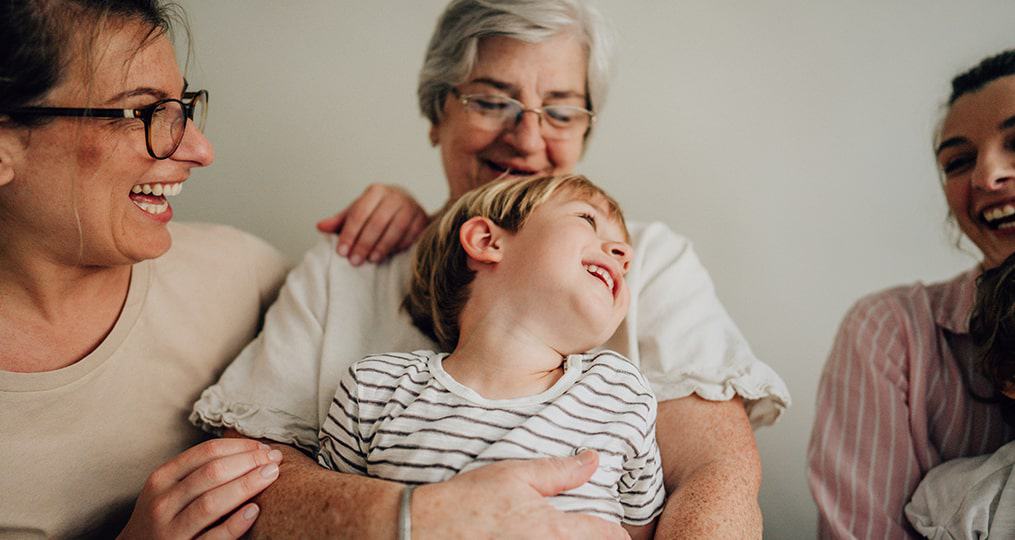Originally published by Raymond James.
Building bridges between the young and the old has lasting physical, mental and emotional benefits.
The number of Americans living in multigenerational households – those with two or more adult generations (or with a younger, “skipped” generation) – is on the rise.
According to the Pew Research Center, multigenerational households numbered 14.5 million in 1971, and rose to 59.7 million by 2021. “Skip-generation” households, where grandparents and their young grandchildren pair up, are also increasing in frequency. Many cultures throughout history have demonstrated the benefits of extended intergenerational connection, and multigenerational households are still the standard in many places.
Living among people from a different era enables us to better understand and appreciate one another. It broadens perspectives across the generational divide, decreases feelings of loneliness and improves overall quality of life. A recent Cigna study showed that approximately 79% of Americans ages 18 to 24, and 41% of seniors aged 66 and older, struggle with loneliness. Encouraging interaction between these two cohorts could prove valuable to easing that lonely feeling.
For seniors, bringing younger generations into their lives can promote happiness and encourage physical activity among some who might otherwise remain fairly idle. Research shows that when older adults spend time with younger ones there are obvious upward trends in the seniors’ strength and levels of activity. Because they’re happier, the older generation gets sick less often and is more apt to engage in meaningful experiences, Cigna’s study says.
For young adults living solo, mixed-age interactions act as a first line of defense against isolation and depression. Intergenerational relationships also cultivate purpose and a solid support system, which encourages mental wellness.
A social experiment in Sweden attempted to alleviate loneliness among young people and retirees by throwing the generations together. The Sallbo Project asks every tenant of a building that houses a mix of tenants under 25 and retirees to sign a contract promising to spend at least two hours a week with a tenant of the other generation.
Having neighbors from different generations builds a reciprocal relationship. Young people can teach older people the ins and outs of the digital world – simplifying smartphones and online bill pay – while older people can impart life wisdom and perspective for the benefit of the young. Each can share their generation’s skill set with the other.
Purpose and worth evolve from feeling like you’re part of something bigger than yourself. A connection with a different generation can add to your feeling of purpose and belonging. Generations are like puzzle pieces, each bringing something different to the table to form a complete picture of life.
Grab a game or find something fun to share with your generational counterparts, and start enjoying the benefits of being together.


